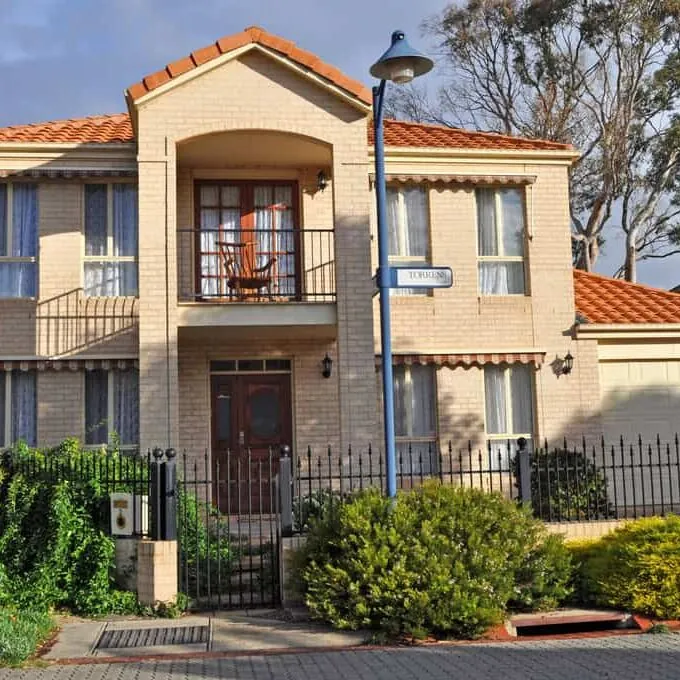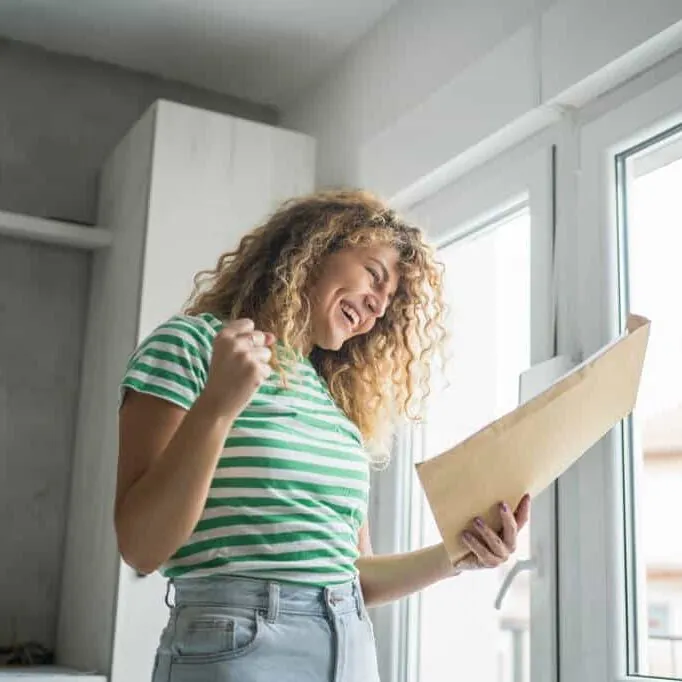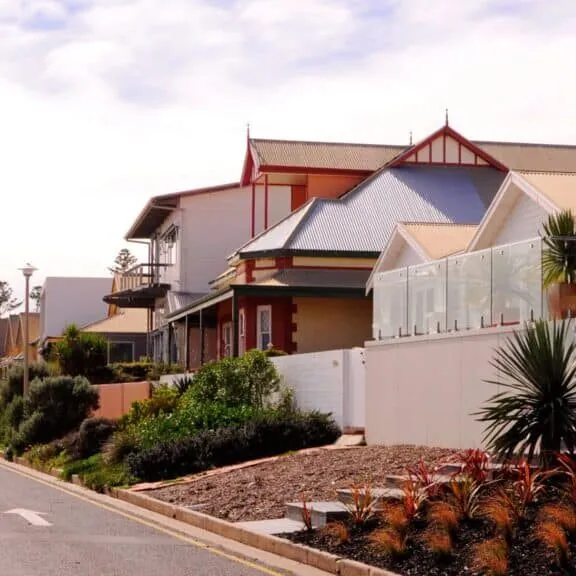The idea of owning a second home can be incredibly appealing. It could be a holiday house or an investment property that can generate additional income. But is buying a second home the right decision for you? Let’s explore the key considerations and steps involved in purchasing a second property in Australia. Top Reasons for […]
Can First-Home Buyers Use Their Super for a Deposit?
You already know what you want for your first home. You even have nailed down the specifics—from the location or suburb to the number of rooms you want. The only problem left is the deposit. Like most Australians, you probably have a difficult time saving enough for the optimal home loan deposit amount.
In Tasmania, for instance, an average-income household would need to save for 6.2 years to afford the deposit for their first home in the state. But don’t fret because certain government grants can contribute to your house deposit. Plus, you can use your super to boost your funds.
Today, we’ll attempt to answer the question: “Can first-home buyers use their super for a deposit?” Simply put, we’ll guide you through the government initiative called the First Home Super Saver Scheme and give you tips on how to maximise it.
How Does the First Home Super Saver (FHSS) Scheme Work?
With the FHSS scheme, people can make extra voluntary contributions to their superannuation fund, which they can later withdraw to use for a mortgage deposit. These contributions are invested alongside your regular super, potentially growing over time depending on your chosen super investment mix. When you’re ready to buy your home, you can withdraw these contributions plus the earnings to use as a deposit.
The extra contributions for the FHSS scheme can’t be touched until you’re ready to utilise it for a house deposit. In a way, that takes away the temptation to dip into your savings. So, with the FHSS scheme, you can save for a house deposit way faster.
The Benefits of Using Super for Your Deposit
- Tax Advantages: Voluntary concessional contributions are taxed at a lower rate compared to your regular income, which can result in tax savings and more money going towards your home deposit.
- Higher Savings Potential: The investment earnings within super can often outpace regular savings accounts. That means the money you’re saving for a home loan deposit could grow faster within the super environment.
- Caps on Contributions: There are limits to how much you can contribute and withdraw under the FHSS scheme. As of the current guidelines, you can contribute up to $15,000 per financial year, with a total cap of $50,000 contributions across all years. The scheme helps you reach your deposit goals much sooner without letting you go astray regarding your retirement goals.

How to Qualify for FHSS and Access Your Super for a Home Deposit
First-home buyers using super for deposit can achieve homeownership sooner. To qualify for FHSS, you must:
- Be at least 18 years old.
- Not have owned a property—including land, commercial property, investment property or company title interest in land—in Australia.
- Intend to live in the property you want to buy for at least six months in the first year.
- Not have applied to have super funds released through FHSS before.
You can only apply for your super funds to be released through the FHSS scheme once, but if you’ve lost ownership of a previous property due to financial hardship, you might be able to apply for it again. That includes losing ownership due to bankruptcy, natural disasters, job loss, sickness, and divorce or separation.
After applying and making extra contributions to your super fund, you can access your super under the FHSS scheme. You just need to request a determination from the Australian Taxation Office (ATO) and then apply for a release of funds. The ATO will order Aware Super to release your FHSS funds to them and deduct any applicable tax before sending the money to you. You have a year (and possibly 12 more months through extension) from the day you request a release to tell the ATO you’ve signed a contract to buy a house. Otherwise, you will need to re-contribute the money to your super. You can keep the released funds, but be mindful that these can be subject to a tax equal to 20% of your assessable FHSS released amount, less any withheld tax.
Things to Consider
Like any financial decision, choosing to use your super for a deposit must come with a few considerations, like:
Retirement Plans
While the FHSS scheme can be a fantastic way to boost your home deposit, it’s essential to consider your overall retirement strategy. Your superannuation is initially designed to fund your retirement, so using some of your super for a home deposit may impact your super balance in the long term.
Property Type
The property you purchase must be residential and located in Australia. It can’t be a houseboat, motorhome, or vacant land unless you are building on it.
Contribution Caps
While contribution caps are listed as a benefit above, these could also be a downside. As mentioned, you can contribute up to $15,000 per financial year, with a total cap of $50,000 across all years. Make sure that the amount is enough for the residential property you’re eyeing to purchase in Australia.
Timeframes for Purchase
After releasing your funds, the ATO will give you 12 months to sign a contract to purchase or construct a home. You must notify the ATO within 28 days of entering the contract. If you need more time, you may be granted an extension.
Let’s Talk More About Your Options
To sum it up, can first-home buyers use their super for a deposit? Definitely!
If you’re considering using the FHSS scheme, let us help you. Our mortgage brokers in Hobart can offer expert advice, help you explore all possible options and ensure your decision aligns with your broader financial plans. Contact us today.
Enquire Now
Find Your Perfect Finance Solution
Let's discuss your finance needs. We’re here to help.
More posts from Deltos Finance

How to Use Equity to Buy Another Property
As a homeowner, you’re sitting on a valuable asset that can do more than provide a roof over your head. Your property’s equity can be a powerful financial instrument to help you buy a second home or expand your real estate portfolio. So, whether you’re dreaming of a holiday home by the beach near Carlton […]

What to Know About the Home Loan Approval Process
Understanding the home loan approval process and knowing what to do at each stage can make it less intimidating. Today we’ll guide you through the stages, including what to do before lodging your application, when to apply, important considerations, and the support and tools available to make the process smoother. Before You Apply: What You […]

Cash-Out Refinancing: Tapping into Home Equity
As a homeowner in Australia, you may have built up significant equity in your property over the years. But did you know you can tap into this equity to access cash for various financial needs? This is where cash-out refinancing comes into play. In this article, let’s explore what cash-out refinancing is, how it works, […]

No More Stamp Duty: Tasmania’s Gift to New Homeowners
Imagine stepping into your first home without the burden of thousands of dollars in stamp duty. Sounds too good to be true? Well, for Tasmanian first-home buyers, this dream has now become a reality. The Tasmanian government has just delivered a game-changing gift that could save you up to $28,945 on your first home purchase. […]

The Australian Shared Equity Scheme Explained
These days, it’s not easy to break into the property market. That’s especially true for young and first-time homebuyers who encounter several obstacles, especially amidst rising inflation and interest rates. But don’t fret because there are ways to make homeownership more accessible and affordable. One of which is shared equity. The Australian shared equity scheme […]

Let’s Talk About Rentvesting in Australia
You might find the traditional path to homeownership challenging, especially with rising property prices in desirable areas. Plus, it usually takes an average Australian over five years to save for a home loan deposit for a median-priced residential property. Enter rentvesting—a strategic approach for getting a foot on the property ladder without compromising your lifestyle. […]

Redraw vs Offset: Which Should You Choose for Your Home Loan?
When taking out a home loan, you might focus too much on comparing rates and terms. We’re here to remind you to explore different home loan features before signing the dotted line. Two popular options that can help you save on interest and pay off your mortgage faster are redraw facilities & offset accounts. But […]

Let’s Talk About the Expanded First Home Guarantee Eligibility
Have you heard of the First Home Guarantee scheme? Did you know its eligibility has expanded to include more aspiring homeowners who previously faced barriers to entry into the property market? Today, let’s talk about the expanded First Home Guarantee eligibility to help you know whether you can maximise this scheme. A Refresher: What Is […]

The First-Home Buyers 5% Home Loan Deposit Scheme Explained
As a first-time home buyer in Australia, one of the biggest hurdles you’ll face is coming up with a substantial deposit. Traditionally, lenders have required a deposit of at least 20% of the property’s value, but what if you could secure your dream home with just a 5% deposit? That is possible through the First […]


